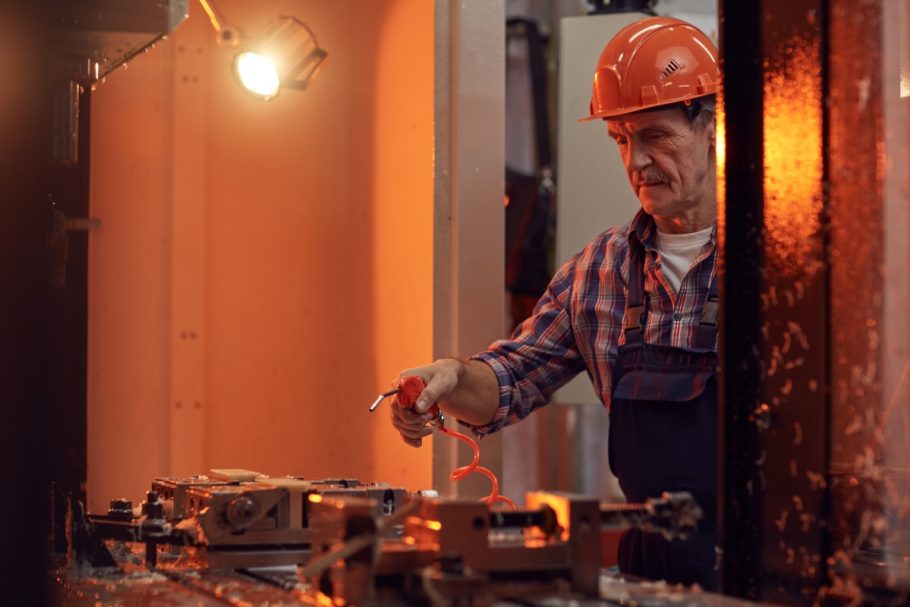Every homeowner should have some basic understanding of the various features in their home. The consumer unit is a good example. What is it? What does it do? If you are going to be able to determine if and when you need a new consumer unit, you’ll need to know the basics at the very least. Similarly, is a consumer unit something that you can replace by yourself? Or is expert assistance needed? In this article, we’ll tell you everything you need to know.
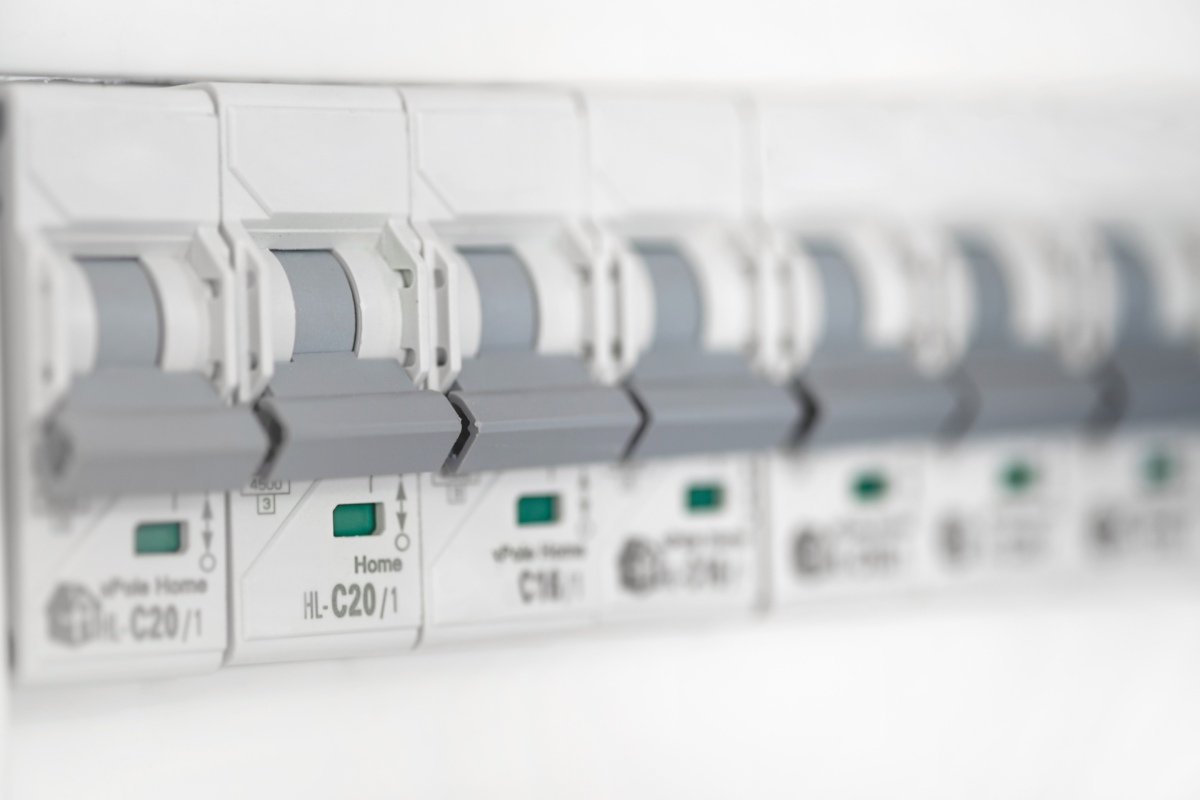
What is a consumer unit?
So, what is a consumer unit? You know that strange grey box you have mounted on the wall with loads of little switches under a clear plastic guard? That’s your consumer unit! But, what are its purpose and function?
A consumer unit is another name for a fuse box and is one of the most important features in a modern residential property. In short, it is responsible for controlling the electrical supply throughout your home.
Certainly, the fuse box is an instantly recognisable aspect of any home, most people struggle to name the inner components including what they are used for. This is why we have put this guide together for you; to give you a deeper understanding and respect for the consumer unit.
What do they do?
Now for the important question: what does a consumer unit do? The easiest way to explain a consumer unit’s functionality is the fact that it is the point in your property where electricity enters and then is distributed throughout each individual room.
This process is all made possible via a selection of unique components – all of which play their role automatically without you having to worry about a thing.
Of course, unless you are in the electrical industry, then it might all sound a little confusing. However, when broken down and spoken in simple terms, the consumer unit is actually rather straightforward.
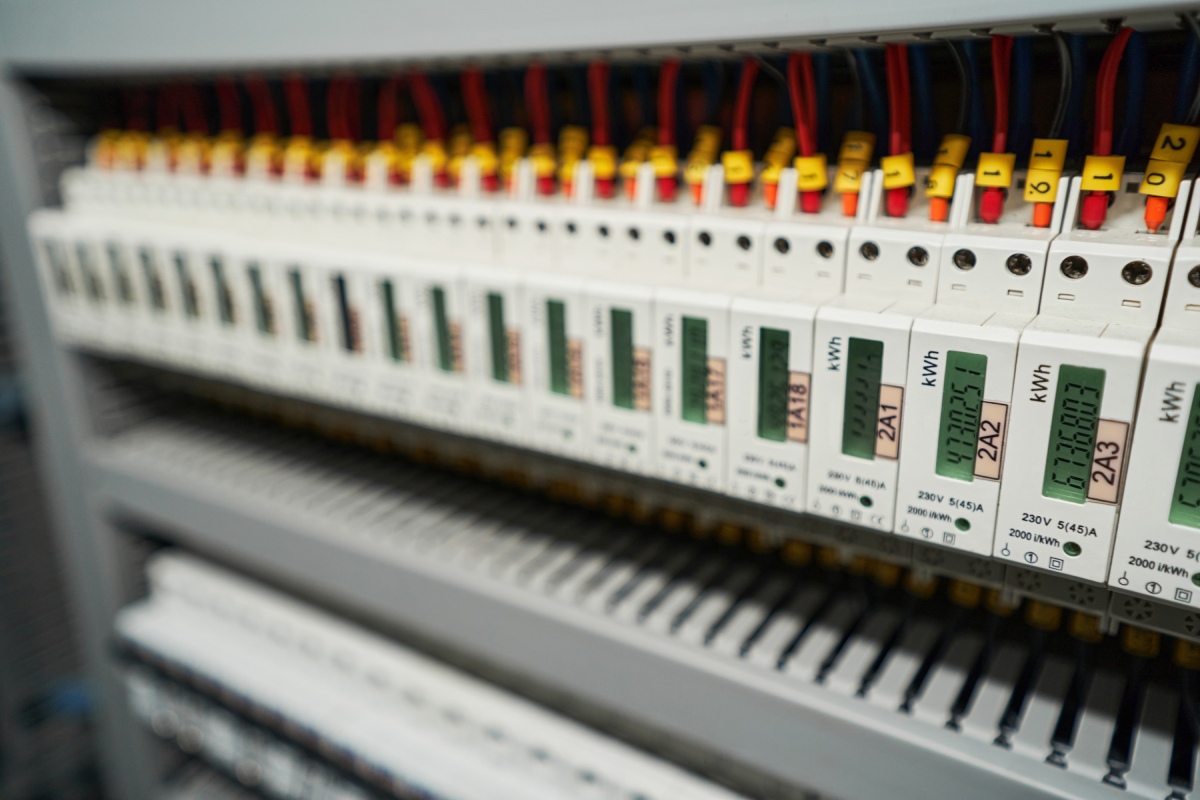
The anatomy of a consumer unit/fuse box
A modern consumer unit is used to power all of the electrical circuits present on your property. They’re made of several components each of which has its own individual purpose. Let’s break each part down even further so that you know what to expect:
- The main switch: the main switch, as the name suggests, is responsible for supplying the entire consumer unit with electricity directly from the metre. Once the main switch is turned off, the consumer unit becomes entirely isolated and your property will no longer have electricity flowing through it. This is the only switch on the consumer unit that can be turned off and on manually (e.g., if you need to carry out electrical repairs on a specific appliance, you should turn the electricity supply off in order to make the repairs safely).
- RCD: the RCD (aka Residual Current Devices), is a set of switches that are in charge of monitoring the electrical currents that enter your home. These are responsible for helping to prevent any nasty electrical shocks, as well as identifying faults that could result in an electrical fire. Once they notice a lack of balance in the power flow, the RCD switches will turn themselves off automatically. This is a mandatory safety feature.
- MCB: the MCB (aka Miniature Circuit Breaker) is a small port to which your electrical circuits are connected. Similar to the RCD, the MCB turn themselves off – however, the trip can be caused for the following two reasons:
- An overload of power (e.g., having too many items plugged into a single circuit)
- An overcurrent (e.g., a loose live cable)
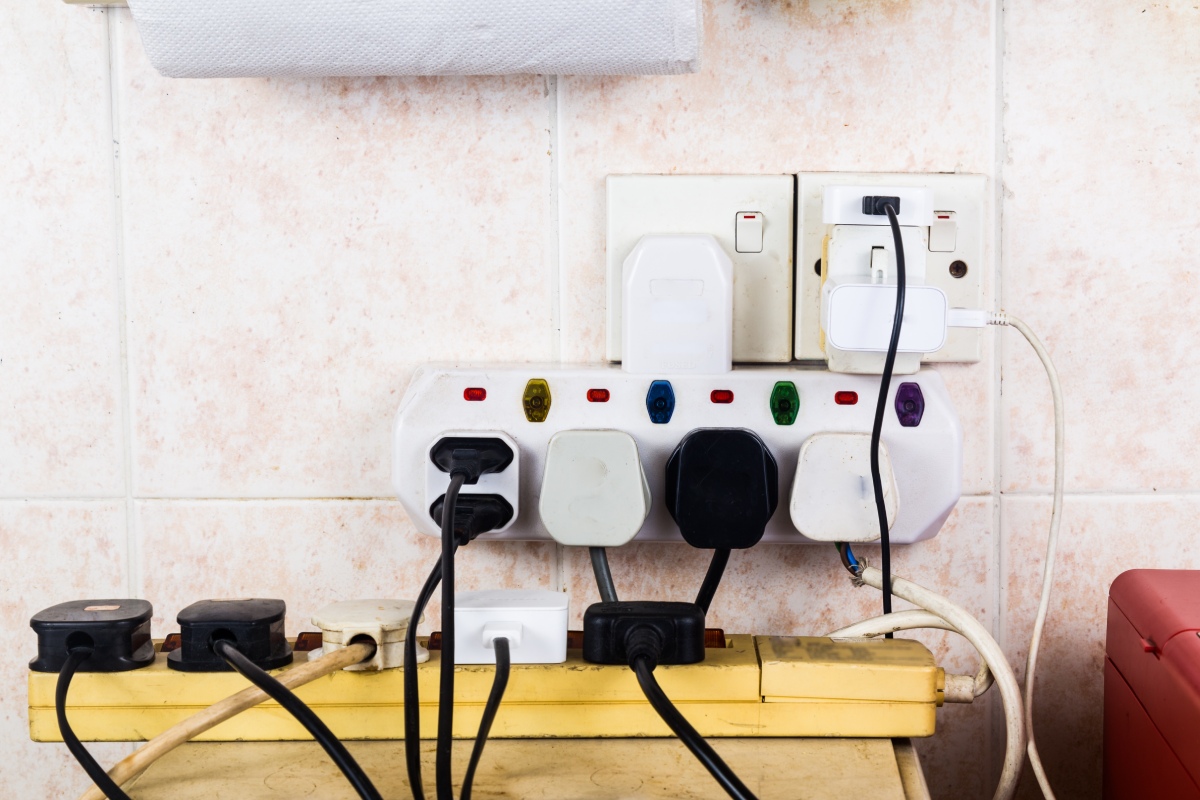
- RCBO: RCBO (aka Residual Current Breaker with Overcurrent), combines the purpose of RCD and MCB together. This is an important feature in the modern consumer unit as it prevents overloads, overcurrents, and electrical shocks – while also limiting the tripping of switches.
- SPD: the SPD (aka Surge Protection Device), is not a mandatory feature though may be recommended by your electrician when they feel it necessary to do so. This acts as an additional layer of protection both to your electrical system and to any of the appliances that you link up with your system.
How do I know if I need a new consumer unit?
So, how do you know if you need a new consumer unit? To be honest, this is quite difficult to spot as the fault might not lie with your consumer unit, but elsewhere in the electrical supply chain – or indeed some of the appliances in your home. In any case, here are a few warning signs to look out for:
- If your consumer unit is regularly tripping: tripping is designed to detect danger, however, if it trips frequently without any real explanation, then it could be that you have a faulty consumer unit and it is time to call the professionals. If you continue to un-flip the switch temporarily alleviating the issue, it could be causing more internal damage and thus lead to costlier repairs.
- If you hear a crackling sound coming from your consumer unit: a crackling sound is typically caused by arcing, which is when an electrical current jumps from one connection to another. This is a potentially deadly fault and you should contact the professionals before you do anything else.
You should also check for the following defects, to be on the safe side:
- Unsecure cover
- Consumer unit parts exposed
- The wires don’t appear to be in great condition
- The plastic cover has started to warp
- Certain areas with burnt plastic
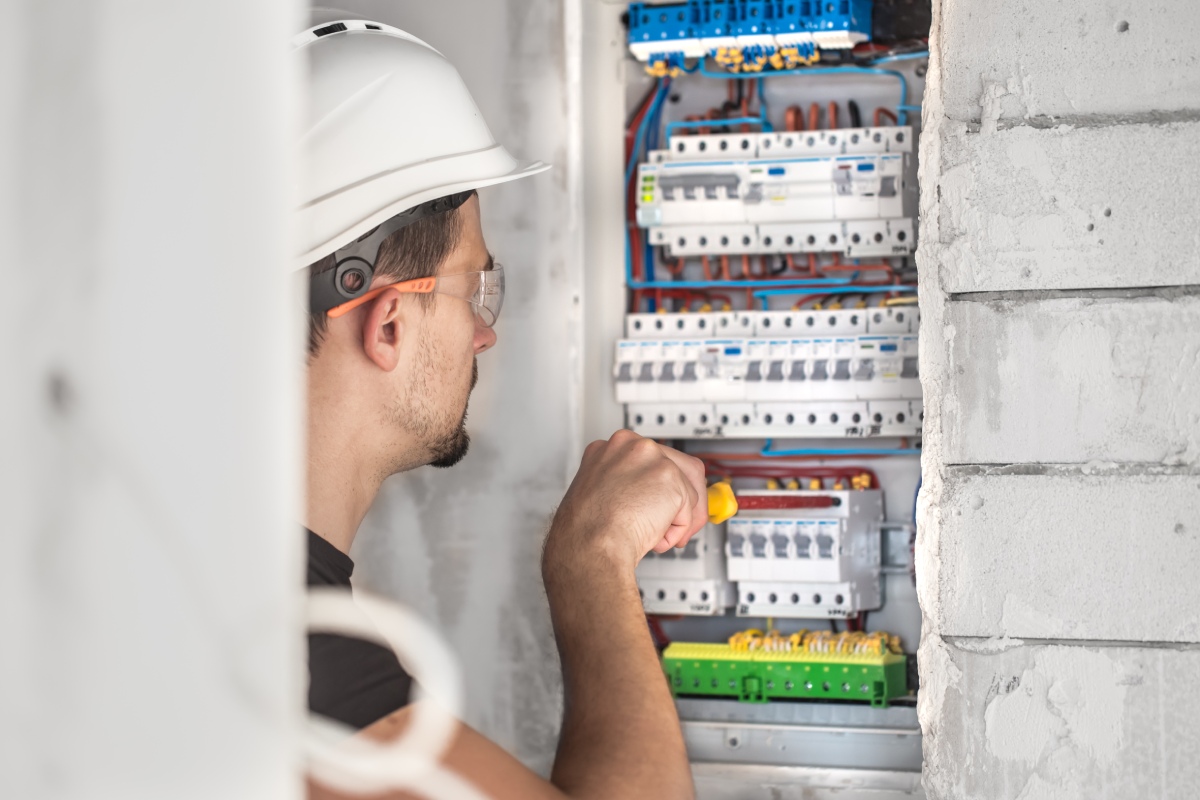
Can I fit a consumer unit myself?
Technically, you can install electrical wiring and safety switches yourself, however, unless you are a qualified and certified electrician, the short answer is no. Fitting a consumer unit isn’t like installing a new washing machine. There are many moving parts and any wrong moves could not only be incredibly harmful to your health, but potentially disastrous to your property.

